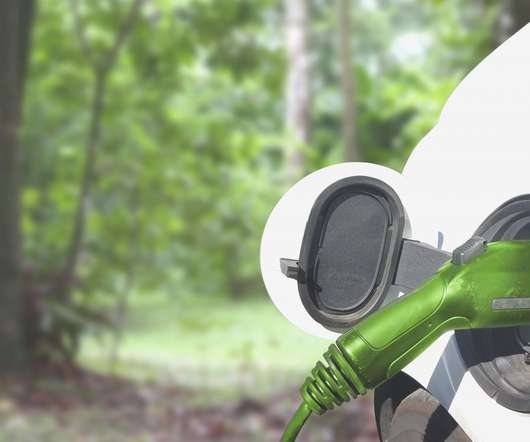ExxonMobil announces 6th oil discovery offshore Guyana with Ranger-1; Guyana may move from non-producer to regional powerhouse
Green Car Congress
JANUARY 7, 2018
began drilling the Ranger-1 well on 5 November 2017 and encountered approximately 230 feet (70 meters) of high-quality, oil-bearing carbonate reservoir. The well was safely drilled to 21,161 feet (6,450 meters) depth in 8,973 feet (2,735 meters) of water. ExxonMobil affiliate Esso Exploration and Production Guyana Ltd.














Let's personalize your content